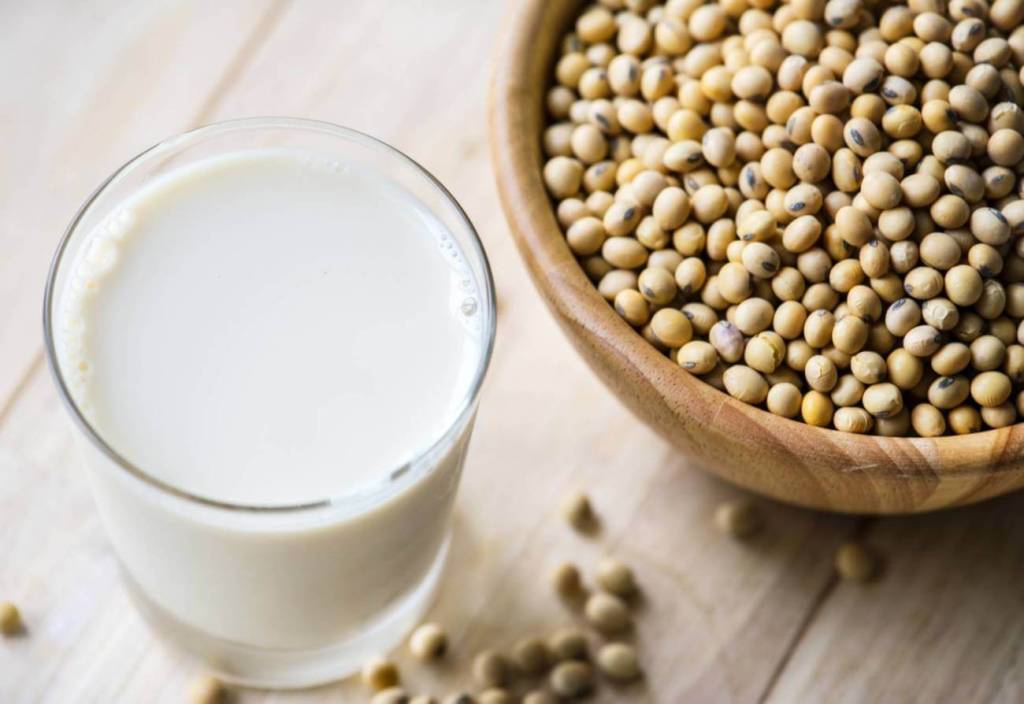All You Need to Know About Soybeans

Content
Soybeans – What are they?
Soybeans are a type of legume. They have been being cultivated in East Asia for over 5000 years but weren’t introduced into the Western world until the 20th Century.
They’re an excellent source of protein and are used to create many other food products, such as tofu, tempeh, shoyu, miso, and soy milk. Immature soybeans are also eaten fresh in a Japanese dish known as ‘edamame’.

Soybeans, and products derived from soybeans, are important commodities in today’s global marketplace. TFG has gathered all the information you might need to know to help you trade them.
How are they Grown?
Soybeans are cultivated in similar conditions to corn and, therefore, compete with corn for acreage. Farmers often begin the planting season with a choice on whether they should plant corn or soybeans.
To make this decision, they look at the current futures price for each grain and compare the ‘corn-soybean spread’ – the ratio between the price of corn and the price of soybeans.
Once they’ve decided to grow soybeans, they plant the seeds in rows. These can then take up to a week to sprout into plants.
The Many Uses of Soybean
Whilst many people eat soybeans or food that contains soy, particularly in countries across Asia, only a small fraction of the soybeans that are produced each year are used for this purpose. The vast majority of soybeans – almost 75% of them – are actually used as animal feed.
Here are some other ways in which we use soy:
Soybeans are made up of around 18% oil. This is extracted to create soybean oil, which is then used as an ingredient in many different dishes and as cooking oil. Once the oil is extracted, the leftover soybean meal is used as animal feed.
- Biofuel
Around 2% of soy production is used to create biofuels. Corn is still much more frequently used in the production of biofuels than other grains, but interest in soy for this purpose is growing.
- Crayons
Soy crayons are a non-toxic alternative to regular crayons that are usually made with petroleum.
- Other Uses
Soy is also used in the production of candles, particleboard, biocomposites, inks, lubricants, foams and other products.
Soybean Market Overview
The global market for soy has been rising steadily for the past few years and there are a few reasons for traders to have a positive outlook on the soybean market in the years to come.
Transparency Market Research predicts that the value of the global soybean market will grow from $146.23 billion to $215.746 billion between 2017 and 2025.
As developing economies such as China grow wealthier, more and more people will likely increase their meat consumption and turn to healthier food. The soy market stands to gain from both of these trends due to the use of soybeans as livestock feed as well as their associated health benefits.
Also serving to increase demand is the growing awareness of these health benefits. However, if consumer opinion on the health front changes, this may spell out bad news for soybeans.
Supplies in the future could also be affected by climate change trends which influence weather patterns and the production of soybeans and other crops.
The USDA publishes a quarterly report which provides important information for traders about the current soybean market, such as changes in stocks. You can access their most recent report here.
What Drives the Price Of Soybean?
The main 6 factors that drive the price of soybean are:
| Driving Factor | Why? |
| The US Dollar | Soybeans are quoted in US dollars. Therefore, the price is subject to the strength of the dollar. A weaker dollar will mean higher prices and a stronger dollar will mean lower prices. |
| US Production | The US produces and exports the largest number of soybeans in the world. Therefore, political and environmental factors in the US can significantly influence global production numbers. |
| Alternative Oils | Soybean oil competes with other oils such as rapeseed oil and castor oil. Changes in the pricing and availability of these alternative oils can influence the demand for soybean oil. |
| Emerging Market Demand | Emerging economies in countries such as India and China may cause future growth in demand for soybeans as their populations begin to consume more meat. |
| Ethanol Subsidies | Soybeans compete with corn for acreage. Ethanol subsidies provide an incentive for farmers in the US to devote acreage to corn. If these subsidies stop, the production of soybeans could increase. |
| Health News | Much of the demand for soy is linked to its health benefits. Medical research in this area may influence prices. |
Soybean Trading
There are many ways to invest in soybeans, including through soybeans shares, soybeans CFDs, soybeans ETFs, soybeans futures, and soybeans options futures.
The price of soybean often moves alongside the price of other agricultural commodities. Therefore, traders often bet on soybeans in relation to these other agricultural commodities through spread trades, in which two different soybean futures contracts are simultaneously bought and sold.
Soybean Finance
Two of the most common means of financing soybeans for traders are receivables finance and secured financing.
Receivables are any amounts owed to a company and are regarded as assets. In receivables financing, a trader or company will use payments owed to them to secure finance.
Video: CME Group
This video on soybean production from the CME group offers an excellent overview of the soybean market.
Soybean Suppliers and Producers
The global production of soybeans is dominated by the three largest producing countries. Together, these countries produce over 80% of the annual global yield.
The US, which produces around a third of the global supply of soybeans, is the number one producer of soybeans worldwide and produces around 108 million metric tons each year. Brazil comes in at a close second-place, producing around 87 million metric tons each year; and Argentina is third, with around 53 million metric tons produced each year.
Other regions which produce a significant number of soybeans are China, India, Paraguay, Canada, Mexico and the EU.
Soybean Contract Specifications
Ticker Symbol: ZS
Contract Size: 5,000 bushels
Contract Months: F, H, K, N, Q, U, X
- All about Grains
- Podcasts
- Videos
- Resources
- Conferences















